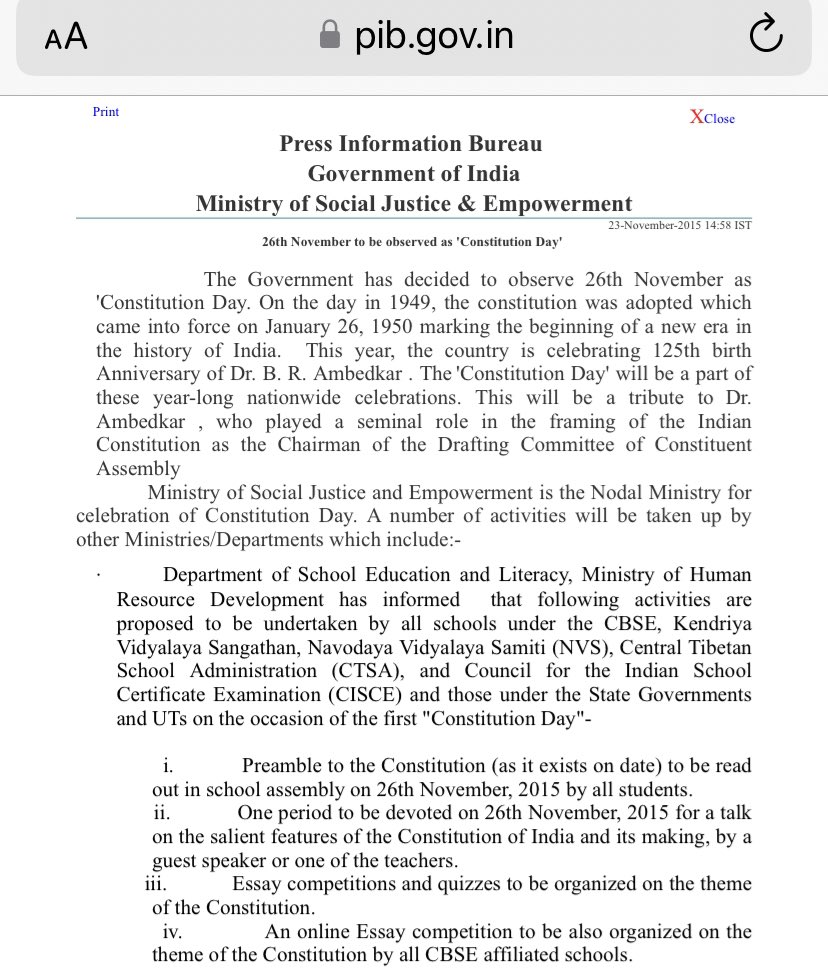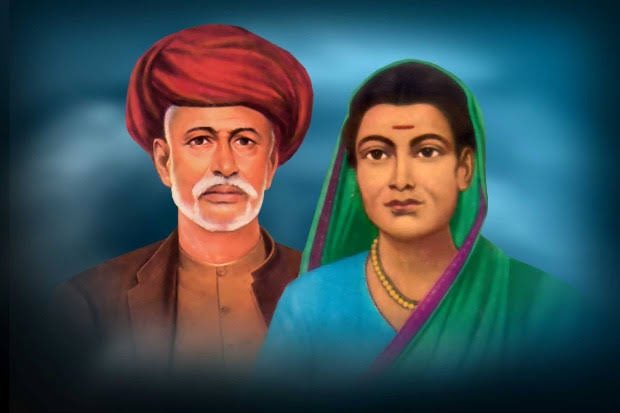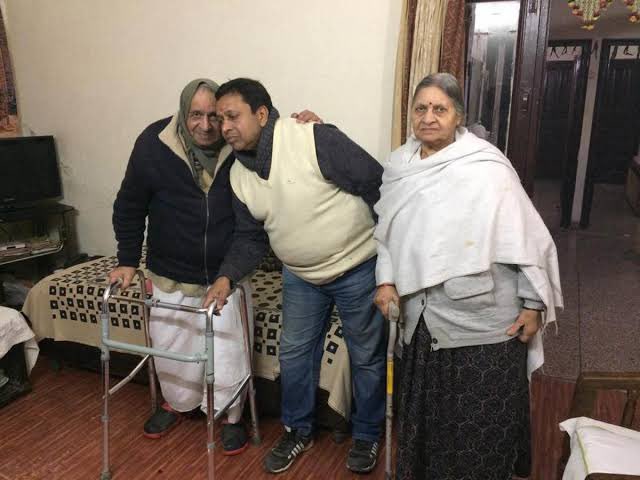
Thread. Indian democracy’s big contradiction – Dalits cherish Constitution, the privileged want a rethink. Why does the Dalit community celebrate the #ConstitutionDay the most, when it has received the least in terms of dignity, resources and development?🧵 👇 

In 2015, the Narendra Modi government decided to celebrate this day as the ‘Constitution Day’ for the first time. But India’s Scheduled Caste and Scheduled Tribe communities have been celebrating the day every year much before the official announcement. Do you know why? 



Across many Indian cities, the SCs and STs been wearing new clothes, lighting up their homes, organising seminars and rallies, garlanding the statues of B.R. Ambedkar, the chairperson of the Constitution Drafting Committee, over several decades. 

But in real terms, 70 years since the Indian Republic came into being, Dalits are still the most disadvantaged lot. They are at the lowest rung of education. Dalit women die early. livemint.com/Politics/Dy9bH…
Dalits do not have adequate representation in any of the power structures, like senior judiciary, media, higher bureaucracy, corporate sector, academia and so on. They still do not have any say in the functioning of well-endowed Hindu temples. 



Caste-based discrimination is a reality in Indian universities and workplaces. Only the Dalits die inside gutters and sewer lines. 



According to a paper by PhD scholar Nitin Kumar Bharti – the paper was supervised by French economist Thomas Piketty – the share of wealth in the hands of Dalits is miniscule compared to non-Dalits. piketty.pse.ens.fr/files/Bharti20…
“The relative growth of lower castes is either stable or declining. Probably the most worrying aspect for any Indian policy-maker is poor educational outcomes for lower caste population. This means that in coming future, the condition will not improve either,” says Bharti. 

So, why have Dalits been celebrating the Indian Constitution relentlessly all these years? Any social group in any other part of the world would have revolted in a similar situation. Or at least, articulated its alienation from the dominant narrative. 





The Dalit optimism despite the prevailing circumstances should be a subject of sociological scrutiny.
While delivering the concluding speech in the Constituent Assembly on 25 November 1949, B.R. Ambedkar warned the makers of the Constitution against social & economic inequality and how these can be detrimental for the health of the Indian Republic. In his famous speech, he said: 

“On 26th January 1950, we are going to enter into a life of contradictions. In politics we will be recognising the principle of one man one vote and one vote one value….”
“…In our social and economic life, we shall, by reason of our social and economic structure, continue to deny the principle of one man one value. How long shall we continue to live this life of contradictions?”
“How long shall we continue to deny equality in our social and economic life? If we continue to deny it for long, we will do so only by putting our political democracy in peril.”
“We must remove this contradiction at the earliest possible moment or else those who suffer from inequality will blow up the structure of democracy which this Assembly has so laboriously built up.”
All studies, census data and surveys have proved beyond doubt that inequality is on the rise in India in social as well as economic life.
Despite being one of the finest scholars of his time, who studied sociology, economics, law and governance, Ambedkar was proved wrong on this count – that the disempowered would blow up the structure of democracy.
Perhaps, the reason for the community’s elation is the provision of reservation in political institutions, like Lok Sabha, and panchayati raj, as well as in government jobs & education. This provision has saved the Indian state from the ire of the underclass and the lower castes.
Other acts of optical symbolism like having a Dalit President or a Dalit Chief Justice of the Supreme Court have also played a seminal role in creating a false sense that Dalits have a say in the affairs of the Republic.
Constitutionally guaranteed quota in education and government jobs is the only way out for a small section of Dalits to enter the sphere of the middle class. The Dalit middle class mostly comprises salaried government employees who see this provision as the only escape route.
Scholars have argued that Indian democracy is surviving, while many other democracies failed, because of the faith and hope of the underclass. This section still sees it as an institution, which acts as its saviour.
After the advent of liberalisation, government jobs have shrunk and the private sector is not acting benevolent towards Dalits and tribals and as well the OBCs. So, resentment against institutions is on the rise.
Violence during the Bharat Bandh on 2 April 2018 against the dilution of the SC/ST Act and during the celebration to mark the Battle of Bhima Koregaon, or the Bharat Bandh against the 13-point roster for faculty recruitment should be a wake-up call for the Indian state.
After similar acts of resentment among Blacks during turbulent 1960s, the US federal government instituted the Kerner Commission to investigate the reasons for the racial riots. brookings.edu/blog/up-front/…
The idea of affirmative action and adoption of the diversity principle by the US state, corporations and the media are a result of an awakening post the racial riots in the US.
Diversity in workforce in the US and European companies has done no harm to their top line and bottom line. Rather it has benefitted them by expanding the talent pool. Indian diaspora in the US and Canada are also flourishing due to the diversity programmes of these corporations.
Is it time for the Indian state, the corporates and the media to also take note of the brewing resentment among the underclass?
On the other side, the Indian ruling class may act not so benevolent. It may adopt coercion as a means to quell the disenchantment of Dalits and tribals and other sections of the underclass.
Ironically, the socially privileged Indian middle class, which has largely benefitted from the Indian democracy in the last 70 years, has shown its dissatisfaction with the Constitution.
It wishes to overturn many of the foundational principles of the Constitution like religious freedom, personal laws, state patronage to minority institutions and reservation. This class pours scorn on the Constitution and believes it contains ‘imported’ ideas from the West.
The privileged want a rethink, even as they make a big deal of the official commemoration of the Constitution Day. The Dalits cherish it. This is one of the biggest contradictions of Indian democracy.
• • •
Missing some Tweet in this thread? You can try to
force a refresh






























